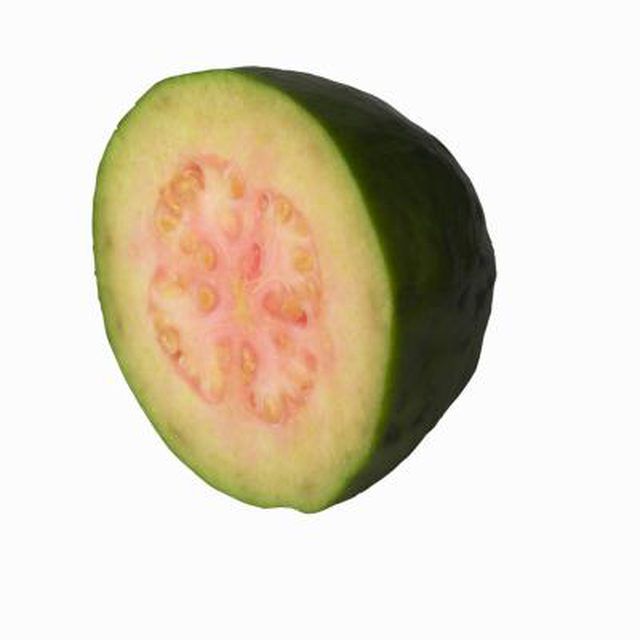Bulbs
Flower Basics
Flower Beds & Specialty Gardens
Flower Garden
Garden Furniture
Garden Gnomes
Garden Seeds
Garden Sheds
Garden Statues
Garden Tools & Supplies
Gardening Basics
Green & Organic
Groundcovers & Vines
Growing Annuals
Growing Basil
Growing Beans
Growing Berries
Growing Blueberries
Growing Cactus
Growing Corn
Growing Cotton
Growing Edibles
Growing Flowers
Growing Garlic
Growing Grapes
Growing Grass
Growing Herbs
Growing Jasmine
Growing Mint
Growing Mushrooms
Orchids
Growing Peanuts
Growing Perennials
Growing Plants
Growing Rosemary
Growing Roses
Growing Strawberries
Growing Sunflowers
Growing Thyme
Growing Tomatoes
Growing Tulips
Growing Vegetables
Herb Basics
Herb Garden
Indoor Growing
Landscaping Basics
Landscaping Patios
Landscaping Plants
Landscaping Shrubs
Landscaping Trees
Landscaping Walks & Pathways
Lawn Basics
Lawn Maintenance
Lawn Mowers
Lawn Ornaments
Lawn Planting
Lawn Tools
Outdoor Growing
Overall Landscape Planning
Pests, Weeds & Problems
Plant Basics
Rock Garden
Rose Garden
Shrubs
Soil
Specialty Gardens
Trees
Vegetable Garden
Yard Maintenance
How to Grow a Guava Tree From Seed
How to Grow a Guava Tree From Seed. Guava trees are ideal for the home landscape as they offer continuous fruit production and are tolerant of a range of soil conditions. This tropical fruit is recognized by its yellow or green rind and sweet, juicy, pink-colored flesh, which is used to make jellies and other sweets. Guava trees are often...

Guava trees are ideal for the home landscape as they offer continuous fruit production and are tolerant of a range of soil conditions. This tropical fruit is recognized by its yellow or green rind and sweet, juicy, pink-colored flesh, which is used to make jellies and other sweets. Guava trees are often propagated from cuttings or grafting. Seed propagation results in unique trees that are not true to their parent, so it may not be used for commercial cultivation. Guava trees reach no more than 20 to 30 feet in height, and you can prune them to control their size.
Things You'll Need
Bowl
Sand
Soil
Seed pots
Clay loam soil
Compost
Remove guava seeds from fruit and clean thoroughly in water. Seeds may germinate best if planted soon after removal.
Place seeds in a bowl of water and let soak for two weeks prior to plant. Alternatively, as a quick method of starting seeds, boil them for five minutes in a pot of water. These steps will boost germination speed.
Prepare a germinating medium consisting of sand or equal parts sand and topsoil and place in pots or directly in a soil bed. Plant seeds 1 to 1 1/2 inches apart and 1/4-inch deep. Provide plenty of water to keep soil moist.
Transplant seedlings into larger pots when they develop their first set of true leaves. Carefully remove them, along with their root system, and place in individual pots containing clay loam soil and compost.
Prepare a final growing location for the guava trees that contains rich, well-drained and deep soil and is located in full sun exposure. Place trees at least 33 feet apart for full production, but you can plant them as close as 16 feet, although they will produce less fruit. The trees thrive in a temperature range of 73 to 82 F.
Harvest fruit when it sets, about two to four years after planting seeds, although it sometimes takes as long as eight years. Providing plenty of moisture during the fruiting season will ensure high-quality fruit.